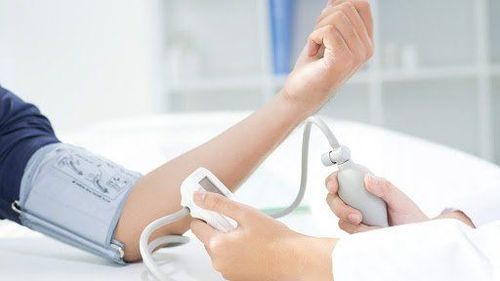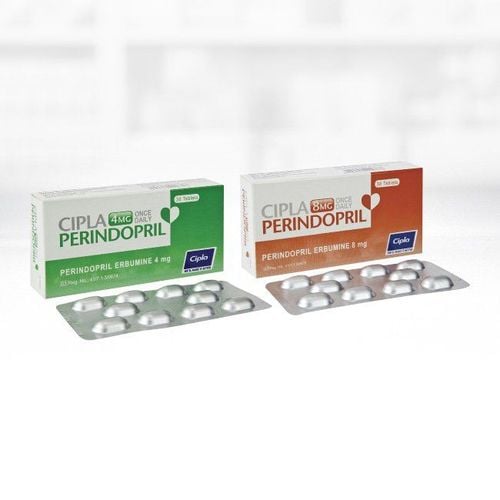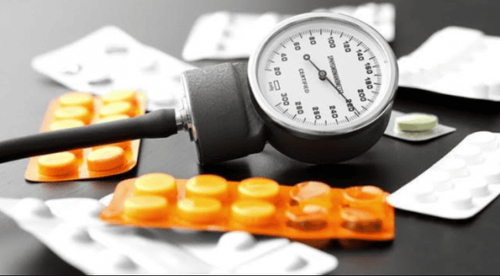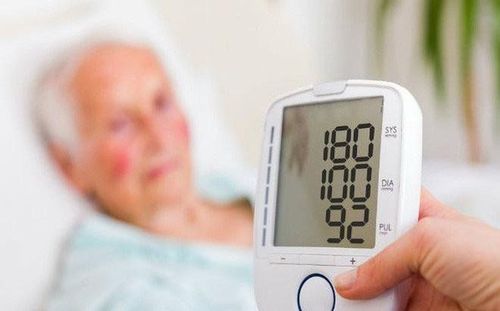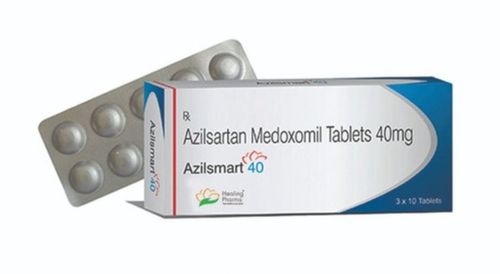This is an automatically translated article.
Article by Doctor Nguyen Bang Phong - Cardiovascular Center, Vinmec Times City International General Hospital.Hypertension is said to be resistant to treatment when blood pressure does not reach the target despite the use of at least 3 drugs of different classes at optimal doses, including a thiazide diuretic.
1. Frequency of resistant hypertension
Recent studies have shown that resistant hypertension accounts for 10-12 % of all patients treated for hypertension. There are some cases of treatment-resistant pseudohypertension: white coat phenomenon, incorrect blood pressure measurement, inappropriate drug combination or suboptimal dose, non-adherence to treatment.Blood pressure target For normal hypertension: < 140/90 mmHg.
For hypertension accompanied by diabetes, chronic kidney disease with glomerular filtration rate < 60 ml/min/1.73 m2 or urinary albumin/creatinine ratio ≥ 30 mg/mmol: < 130/mmol is required. 80 mmHg.
For hypertension with stable coronary artery disease, left ventricular hypertrophy: should be < 130/80 mmHg.
For some elderly patients with low diastolic blood pressure (<60 mmHg), a higher systolic blood pressure goal of 140-150 mmHg is recommended to avoid postural hypotension and symptoms. symptoms of chronic cerebral hypoperfusion.
If using a blood pressure Holter or measuring blood pressure at home, the target blood pressure value is 5-10 mmHg smaller than the target blood pressure value obtained from blood pressure measurement in the clinic.
2. Characteristics of patients with resistant hypertension
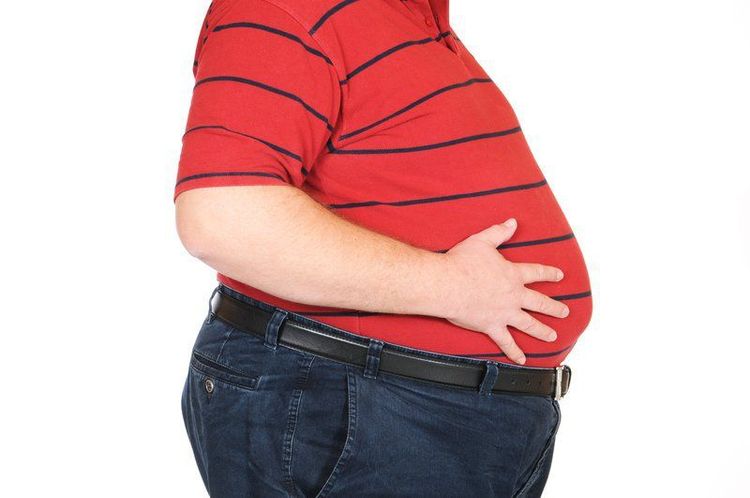
Older age Female sex High baseline blood pressure Obesity, inactivity Chronic kidney disease Diabetes.
3. Causes of resistant hypertension
Volume overload: salty eating habits, kidney failure, unreasonable use of diuretics, taking some drugs that cause water retention Renal parenchymal disease Renal artery stenosis Primary hyperaldosteronism Sleep apnea Taking certain drugs that cause hyperemia pressure: NSAIDs including some selective COX 2 inhibitors; Corticosteroids, Cocaine, Amphetamine, oral contraceptives, appetite suppressants, Cyclosporine, Erythropoietin, some anti-depressants, licorice, ephedra... Adrenal cysts Cushing's syndrome or disease Hyperparathyroidism Coarthrombotic narrowing aorta Intracranial Tumor.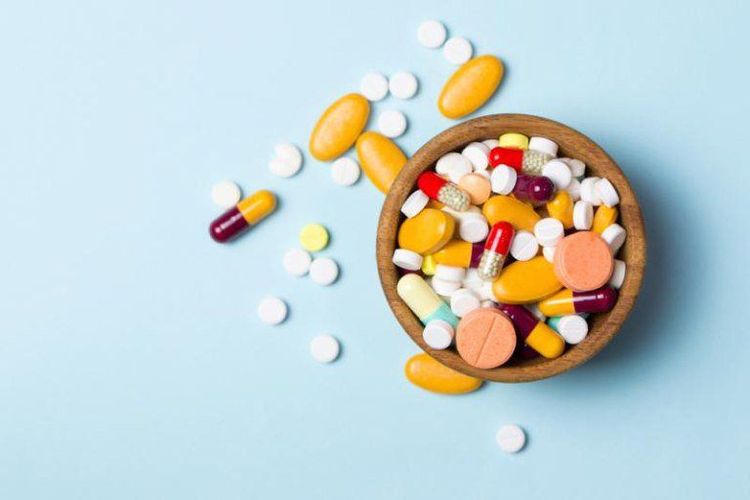
4. Implementation steps
Identification of treatment-resistant hypertension Measure blood pressure at a standard clinic, it is necessary to combine Holter blood pressure and self-measurement of blood pressure at home Check the history of using antihypertensive drugs. With the above 2 steps, it is possible to identify treatment-resistant hypertension and rule out pseudo-treatment-resistant hypertension.Find the cause of treatment-resistant hypertension Ask the patient thoroughly: salty eating habits, history of diabetes, kidney disease, stroke, drug history, symptoms of sleep apnea... In addition, related symptoms such as dyspnea (heart failure), chest pain (coronary artery disease, aortic disease) are also explored...
Detailed clinical examination: edema, Cushing's sign, neurological status , peripheral artery disease, abdominal aortic disease, renal artery stenosis, coarctation of the aorta (in combination with arm and leg blood pressure measurement)...
In-depth laboratory tests : tests Basic laboratory tests can provide some information about the etiology of resistant hypertension: Creatinine elevation in renal failure, Potassium lowering in primary hyperaldosteronism, Glucose and HbA1C elevation in diabetes, Renin activity increased suggest renal artery stenosis, electrocardiogram and echocardiography evaluate left ventricular thickening, coarctation of the aorta. However, it is necessary to perform additional tests in addition to in-depth laboratory tests for a more complete and accurate assessment:
Magnetic resonance imaging or contrast-enhanced CT to evaluate renal arteries and adrenal glands. Polysomnography to assess sleep apnea. Quantify blood and urine catecholamines if pheochromocytoma is suspected. Quantify blood and urine aldosterone, evaluate the Aldosterone/Renine ratio if primary hyperaldosteronism is suspected (h/c Conn). 24-hour urine sodium quantification to assess salt overload. CT of the brain: cerebral infarction or hemorrhage, intracranial tumor.
5. Treatment of resistant hypertension
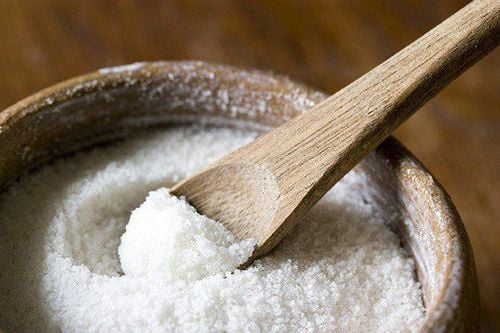
Non-drug measures:
Reduce salt intake, especially when there is salt overload: salt intake < 100 mEq/ 24 hours. Weight loss diet. Exercise: at least 30 minutes/day. Limit alcohol: some experts say that it is possible to drink an amount of alcohol or beer equivalent to 1 alcohol unit / day: approximately 300 ml of beer or 100 ml of red wine. Treatment of sleep apnea: side sleeping position for mild sleep apnea. For severe (obstructive) sleep apnea: use a positive pressure assist device. Medication measures: Drug use in the treatment of resistant hypertension requires a reasonable combination with the optimal dose for each patient.
If possible, discontinue or reduce the dose of drugs known to increase blood pressure (after discussion with the specialist physician). Thiazide diuretics with long-acting: usually chlorthalidone with starting dose of 12.5 mg/day, maintenance dose of 25 mg/day or indapamide starting dose of 1.25 mg/day, maintenance dose of 2.5 mg/day up to 5 mg/day. Hydrochlorothiazide, a shorter-acting thiazide, can be used at a dose of 12.5-25 mg/day. In case of renal failure with GFR < 30 ml/p/1.73m2, Thiazide should not be used, but loop diuretic (Furosemide) should be used instead. Due to its short duration of action, Furosemide is usually taken twice a day. When using loop diuretics, it is necessary to monitor blood sodium and potassium to adjust.
Cardiovascular Center is one of the leading spearhead centers of Vinmec Times City International General Hospital, the expert team of Cardiology Center includes Professors, PhDs, Specialist 2, Master doctors. He is an experienced doctor with great reputation in the field of medical treatment, surgery, interventional cardiac catheterization and application of advanced techniques in the diagnosis and treatment of cardiovascular diseases. In particular, the Center has modern equipment, on par with the most prestigious hospitals in the world. In addition, the center has a comprehensive cooperation program with Cardiology Institute - Bach Mai Hospital, Cardiology Department of Hanoi Medical University, Paris Decartes University - Georges Pompidou Hospital (France), University of Pennsylvania (USA) period) ...
Please dial HOTLINE for more information or register for an appointment HERE. Download MyVinmec app to make appointments faster and to manage your bookings easily.





